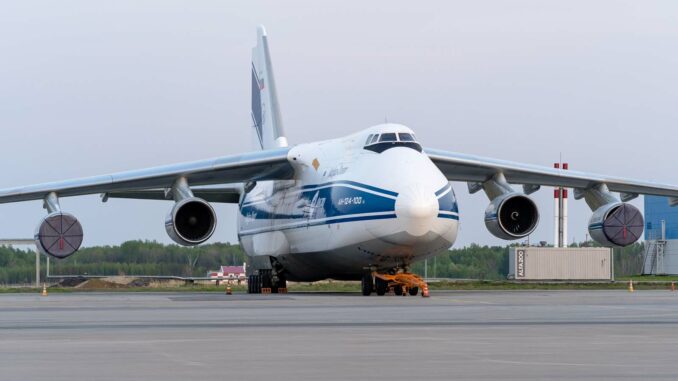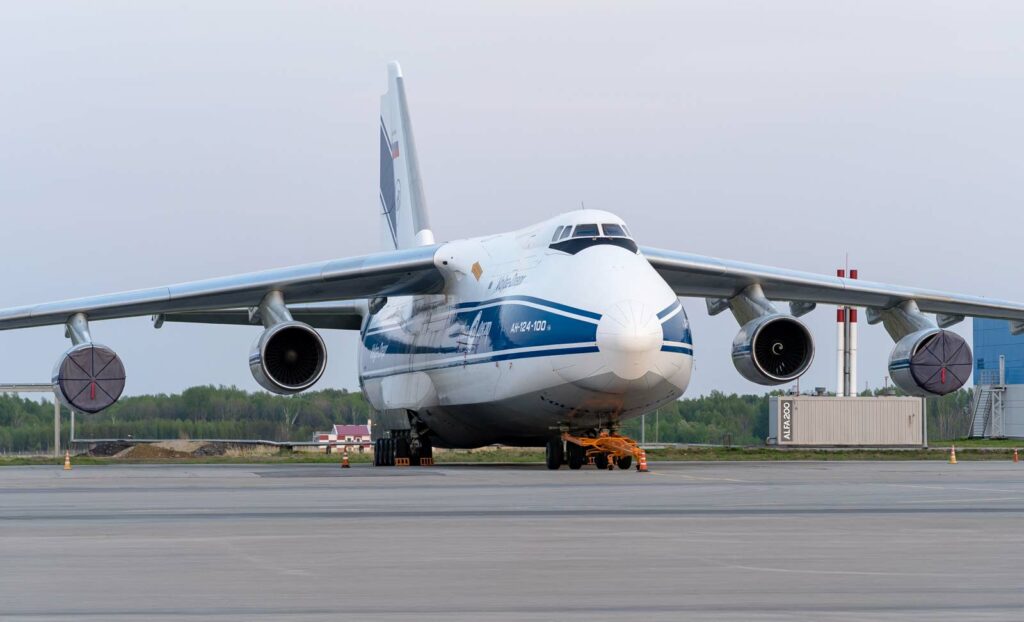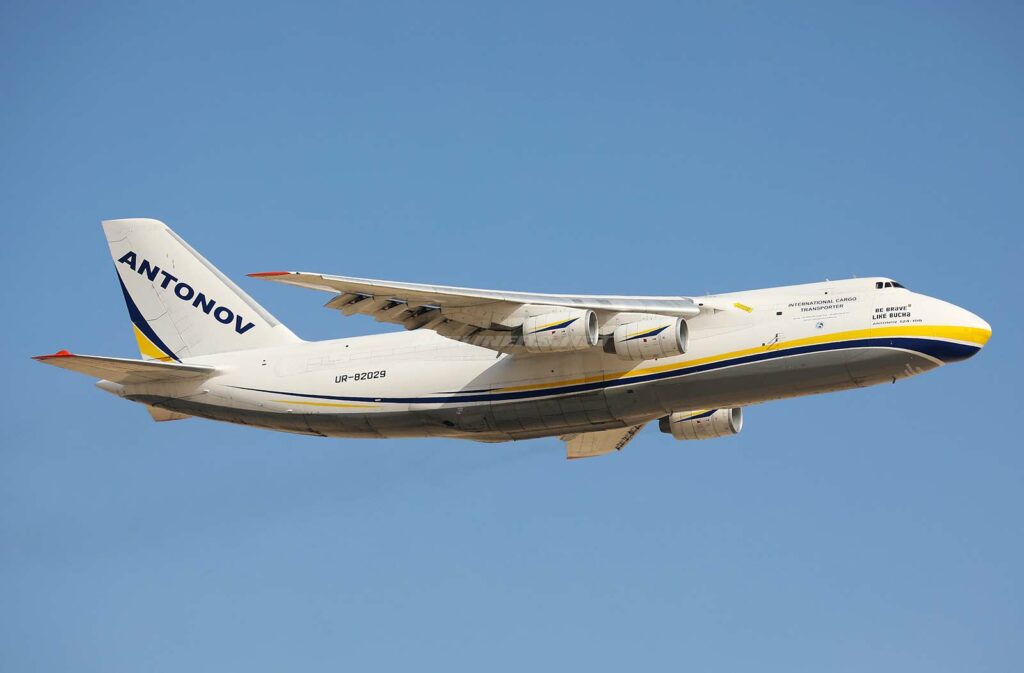
Airbus is leading studies for a European strategic airlift capability, replacing the declining Antonov An-124 fleet, with support from the European Defense Fund.
In brief
Airbus, leading a consortium, is studying options for providing Europe with a strategic airlift capability, replacing the aging fleet of Antonov An-124s. This initiative is one of 54 defense R&D projects financed by the European Defense Fund (EDF). The project, named ESOCA, aims to identify short- and long-term solutions for outsize cargo transport in Europe. Participants include Leonardo Aircraft, ITP Aero, Safran Aircraft Engines and other industrial partners from seven European countries.

Europe is preparing to boost its strategic airlift capabilities with the help of a consortium led by Airbus. The project aims to replace the aging Antonov An-124 fleet and provide a European solution for oversized cargo transport. This article looks in detail at the objectives, participants, benefits, challenges and implications of this project.
ESOCA Project Objectives
Strategic Air Transport Capacity Building
The European System for Outsized Cargo Airlift (ESOCA) project aims to develop solutions for strategic air transport in Europe. The aim is to meet the growing need to transport large cargoes, essential for military operations and humanitarian missions.
Replacing the Antonov fleet
Europe has historically depended on the Antonov An-124 fleet for the transport of bulky cargo. However, this fleet has dwindled to five available aircraft, and the destruction of the An-225 during Russia’s invasion of Ukraine in 2022 has exacerbated this problem. The ESOCA project aims to develop a reliable and sustainable European alternative.
Participants and collaborators
Industrial Partners
The Airbus-led consortium comprises 15 industrial participants from seven European countries, including Leonardo Aircraft (Italy), ITP Aero (Spain) and Safran Aircraft Engines (France). These companies bring a wide range of expertise in aeronautics and propulsion, essential for the development of new air transport capabilities.
Support from the European Defense Fund
ESOCA is one of 54 projects funded by the European Defense Fund (EDF), with a total budget of over €1 billion for the 2023 call for proposals. The EDF aims to strengthen cooperation and innovation in the European defense industry.
Technical and Logistical Challenges
Development of a new capability
The creation of a new strategic airlift capability requires in-depth studies to identify specific needs and technical solutions. This includes the design of aircraft capable of transporting outsized cargo over long distances, while being economically viable and operationally flexible.
Integration of advanced technologies
New transport platforms will need to incorporate advanced technologies to improve efficiency, safety and sustainability. This could include the use of lightweight composite materials, advanced propulsion systems and advanced navigation technologies.
Multinational coordination
The project involves the collaboration of multiple industrial and governmental players across Europe. Effective coordination between these stakeholders is crucial to the success of the project, ensuring that the solutions developed meet the needs of all participating countries.
Benefits and Strategic Implications
European autonomy
The development of a European strategic airlift capability will reduce Europe’s dependence on foreign transport aircraft, thereby strengthening the continent’s strategic autonomy. This is particularly important in a context of growing geopolitical tensions and complex logistical requirements.
Strengthening industrial cooperation
The ESOCA project stimulates cooperation between European defense industries, fostering innovation and knowledge sharing. This collaboration strengthens the competitiveness of the European defense industry on the world stage.
Economic impact
The development of new strategic airlift capabilities will have a significant economic impact. It will create highly skilled jobs in the aeronautics sector and stimulate technological innovation, with potential applications beyond the defense sector.
Long-term consequences
Safety and responsiveness
The availability of new strategic airlift capabilities will enable a faster, more effective response to humanitarian crises and military needs. This will strengthen Europe’s security and resilience in the face of global challenges.
Technological innovations
The technologies developed as part of the ESOCA project could have both civilian and military applications. For example, advances in propulsion and composite materials could be used in commercial aviation, reducing costs and carbon emissions.
Geopolitical influence
A Europe with enhanced strategic airlift capabilities will be better positioned to play an influential role in international affairs. This could improve its ability to participate in multinational operations and project diplomatic and military power.

The ESOCA project, led by Airbus, represents a major step forward for Europe’s strategic airlift capabilities. By meeting the need to replace the aging Antonov An-124 fleet, this project strengthens Europe’s strategic autonomy and stimulates industrial cooperation. The technical and logistical challenges are considerable, but the potential benefits in terms of safety, innovation and geopolitical influence are significant. Ultimately, ESOCA could transform Europe’s ability to respond to crises and project its power on the world stage.
War Wings Daily is an independant magazine.